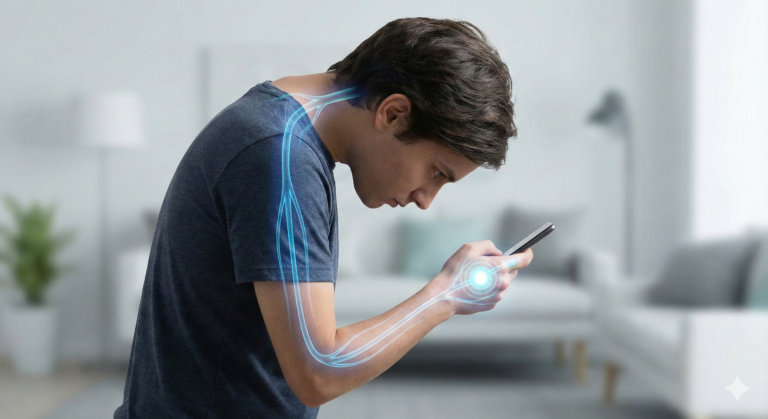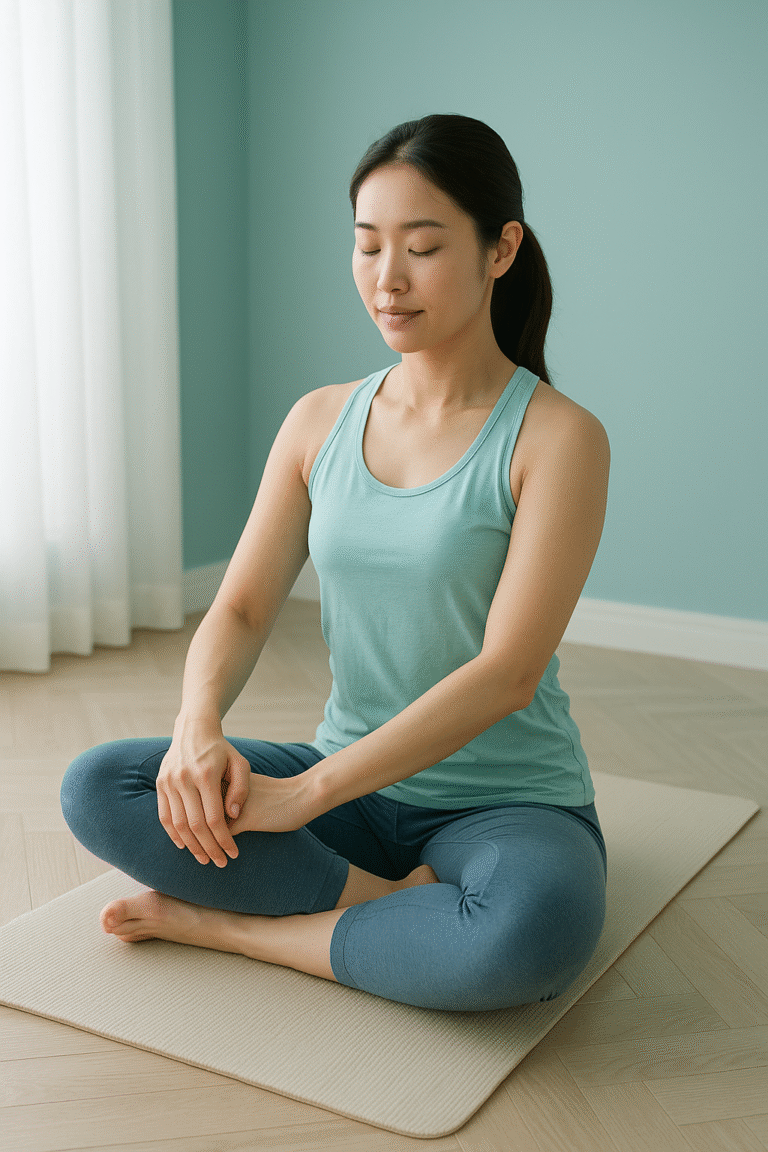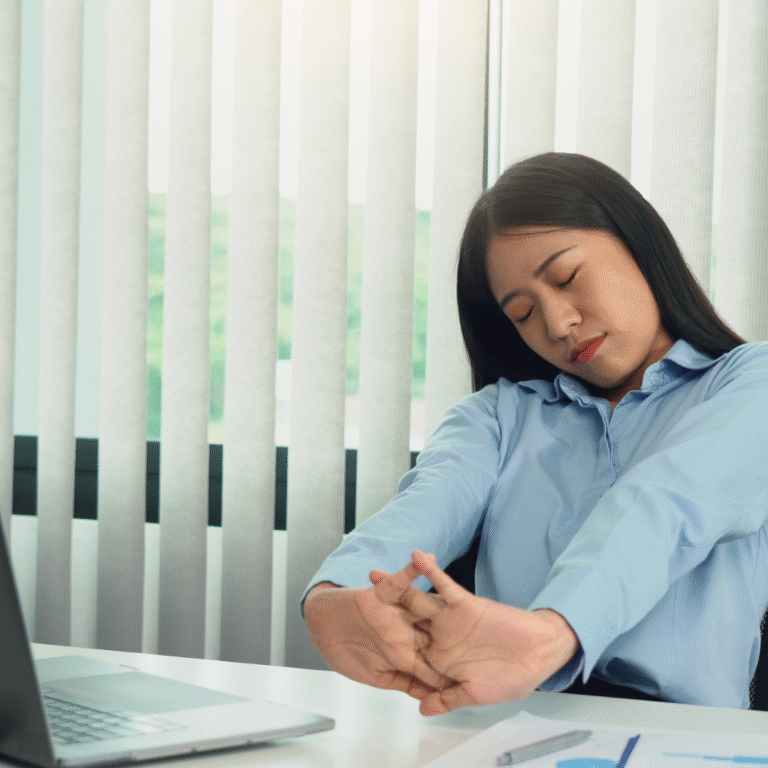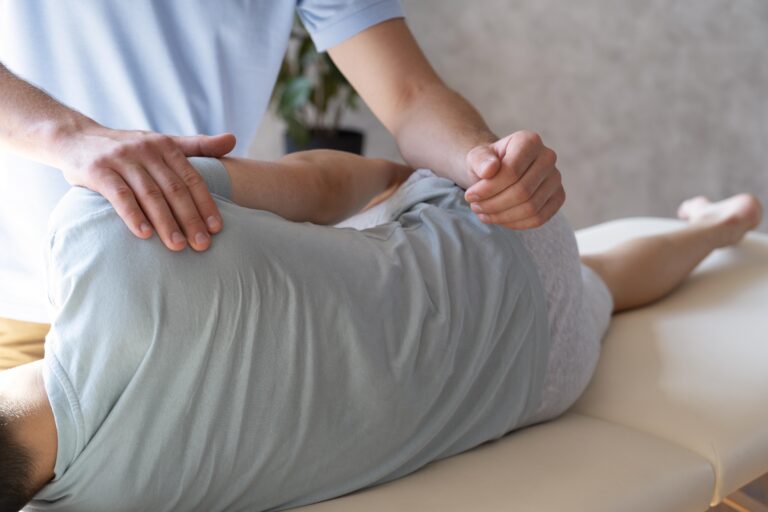Do you feel a persistent tightness or soreness between your shoulder blades? You’re not alone. In Kuala Lumpur, office workers, beauticians, and students often battle this deep, nagging upper back pain—especially after long hours on laptops or scrolling through phones.
This discomfort frequently stems from the rhomboid muscles, which connect your spine to your shoulder blades. But why do they hurt, and how can you find relief?
What Are the Rhomboids and Why Do They Hurt?
Your rhomboids stabilize your shoulder blades, support posture, and help retract your shoulders.
Why They Hurt:
Overstretched: From slouching (desk work, phones).
Overused: From repetitive motions (badminton swings, pickleball serves).
Under-supported: Weak mid-back muscles + stiff thoracic spine.
Result? A familiar agony:
- Dull aching or burning between the shoulder blades
- Sharp soreness when breathing deeply
- Knots or trigger points near the spine
Top Rhomboid Pain Triggers in KL
At Movement Chiropractic, we’ve identified the biggest culprits:
Smartphone Overuse
Forward head posture (“phone neck”) strains rhomboids + neck.
Laptop & Desk Work
Leaning toward screens rounds shoulders, overstretching rhomboids.
Hands-On & Forward-Leaning Work
Jobs like beauticians, dentists, and mechanics require prolonged downward focus, locking tension in the upper back.
- Stiff Thoracic Spine
- Stiff ribs → upper back compensates → rhomboids overwork.
Is It a Muscle Issue or a Spine Problem?
Usually both. When thoracic vertebrae (T2–T6) lose mobility, rhomboids overwork to stabilize the area, causing:
Chronic muscle tightness
Fascial adhesions (knots)
Referred pain across the upper back
Quick Fixes vs. Long-Term Relief
While stretches and ergonomic tweaks help temporarily, underlying joint stiffness often requires professional care.
Check out the hidden impact of poor posture.
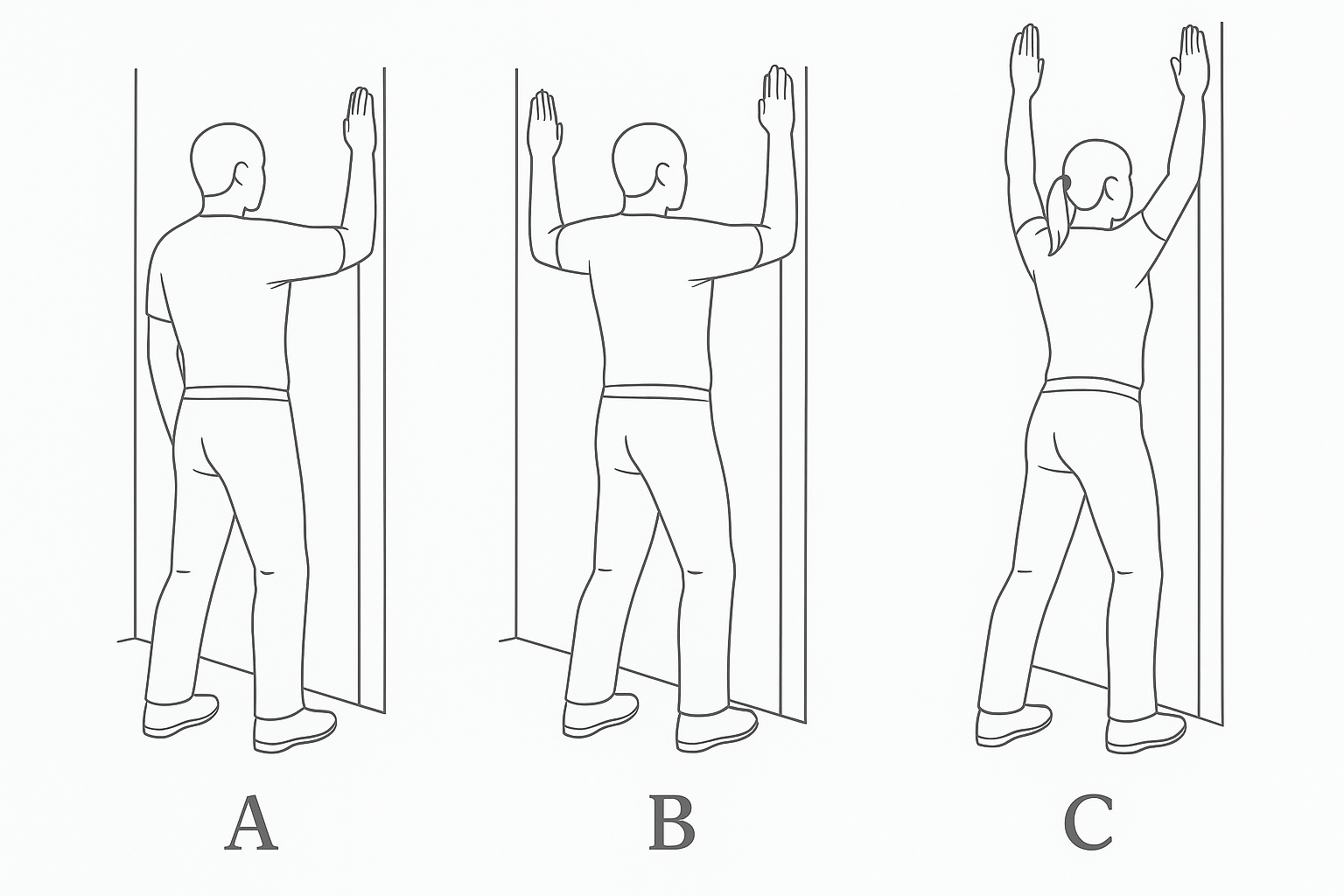
DIY Relief for Rhomboid Pain
Try these at home:
2-Minute Reset: Doorway chest stretch every hour.
Elevate screens to eye level
Take micro-breaks every 30 minutes
- Breathe Deeper: 5 minutes of diaphragmatic breathing daily to relax upper back.
When to See a Professional (Red Flags)
Pain radiates to arms/numbness (could indicate nerve involvement).
Lasts >2 weeks despite stretches.
How Movement Chiropractic Addresses Rhomboid Pain
We don’t just rub sore spots—we diagnose the root cause using:
- Posture + movement analysis
Precision spinal adjustments (to restore motion to stiff thoracic joints) - Nerve Flossing: For radiating pain.
- Posture Re-Training: Tailored exercises to prevent relapse.
Stop Accepting “Just Stress” as an Answer
That nagging ache isn’t normal—it’s your body asking for help.
Book Your Rhomboid Relief Session
Let’s get your journey to a pain-free upper back.

